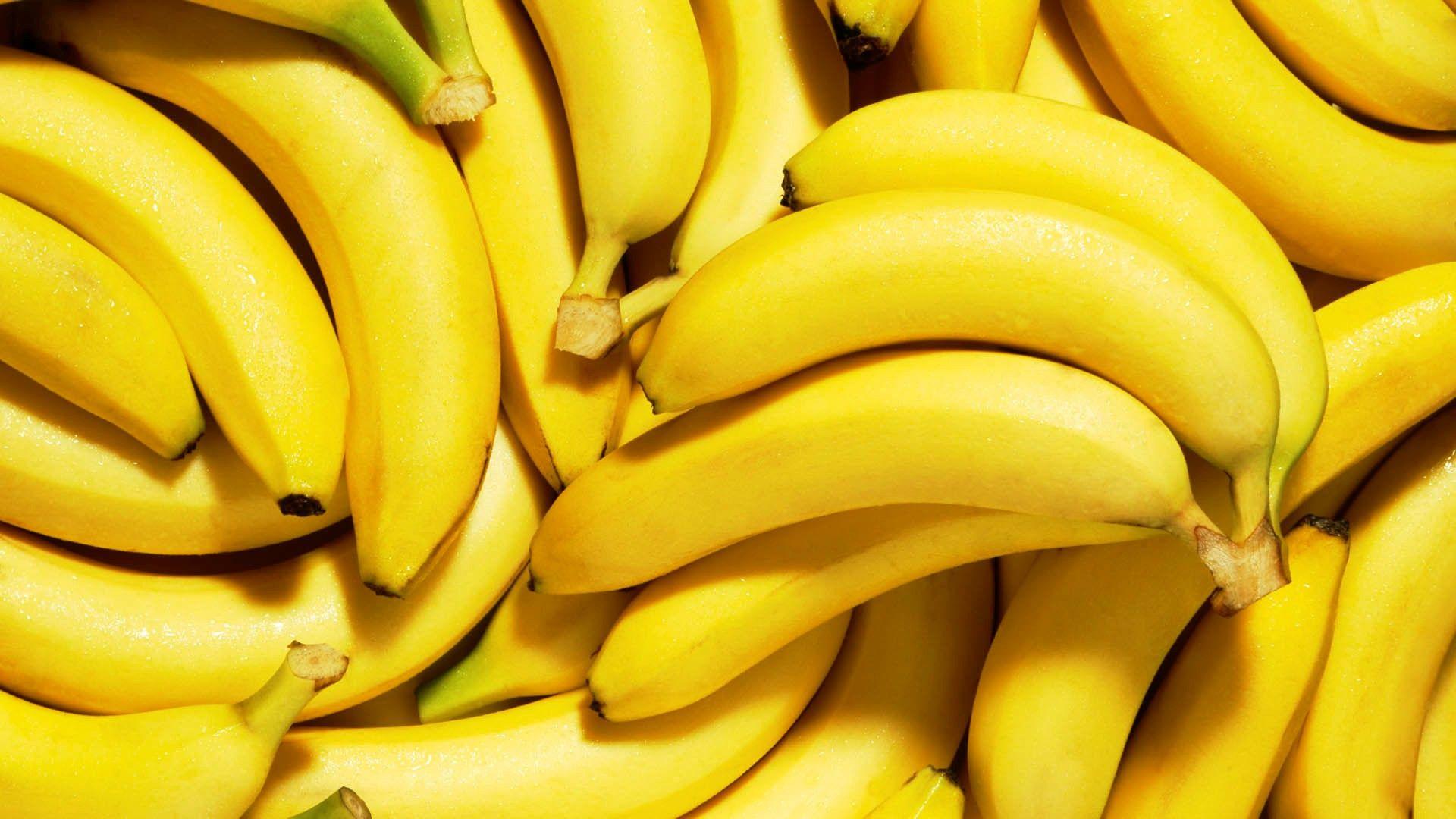



Article by: Hari Yellina
The worldwide banana industry, which was already under pressure due to high transportation and raw material costs afflicting various industries, is now facing extra challenges in several nations as a result of Russia’s invasion of Ukraine. Because Russia has traditionally been a prominent importer of bananas from South America, recent trade sanctions against the country imply that these bananas will have to find a new market, raising concerns that other European markets would be oversupplied. Furthermore, many of the basic chemicals required for banana fertiliser, such as nitrogen and potash, are imported from Russia and Belarus, both of which are subject to sanctions for their roles in the conflict. This means that, despite acceptable quality and prices on many marketplaces, banana providers are having difficulty making a profit.
The banana market was at its high in terms of demand until last week, despite cyber assaults, hurricanes, supply delays, and rising energy prices posing obstacles. The crisis in Ukraine, on the other hand, is having a significant impact on the banana market. Russia has long been a key market for Ecuadorian bananas, but those links have now been severed. The surplus is already being offered on the Western European market, implying that there will be an oversupply in the following weeks.
There are concerns about Latin American bananas competing on the French market. Professionals in the banana industry are concerned about the market’s impact as a result of the conflict between Ukraine and Russia. Because of the circumstances, Eastern Europe is a large consumer of Latin American bananas, and this origin may find new markets, such as France. Other origins, such as French, may find it more difficult to compete as a result. The French banana market is also influenced by packaging inflation, energy costs, and a lack of container supply.
Banana prices have been continuously climbing since the beginning of March, and sales have increased. The supply and sales of domestic bananas have improved, and the market for imported bananas is becoming more stable. Laos and Myanmar currently have enormous quantities of goods accessible for export to China. Delays in customs clearance continue to be a problem, and transportation time and costs have become major roadblocks for cross-border goods.
Bananas are grown in Yunnan and Hainan, China. By the middle of March, substantial quantities of Hainan bananas are expected to appear on the market, signalling the start of China’s peak banana season. This fruit is imported from nearby nations such as Laos and Myanmar. Bananas from Laos are of good quality, however crossing the border with China causes significant delays. Since the outbreak, exports and customs clearance from Myanmar to China have only partially reopened. In Myanmar, there are large quantities of harvested bananas awaiting transit.